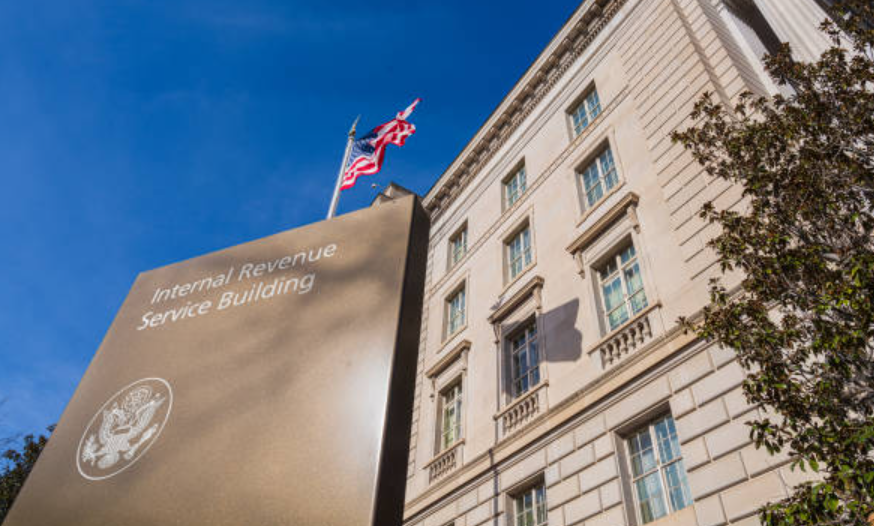The IRS is expected to collect significantly more overdue taxes than initially projected, as per a recent analysis by the Treasury Department.
The boost in tax revenues, estimated at up to $561 billion from 2024 to 2034, is attributed to enhanced enforcement measures enabled by funding from the Democrats’ Inflation Reduction Act (IRA), which became law in August 2022.
Initially, the Congressional Budget Office (CBO) estimated that the IRA’s new IRS funding would increase revenues by $180.4 billion from 2022 to 2031. However, the IRS now suggests that if the IRA funding is reinstated, renewed, and diversified, the expected revenues could reach as high as $851 billion from 2024 to 2034.
Officials from the Biden administration are leveraging this analysis to advocate for the President’s economic agenda, emphasizing the potential deficit reduction achieved by ensuring wealthier individuals and large corporations pay their owed taxes.
National Economic Adviser Lael Brainard stated, “This analysis demonstrates that President Biden’s investment in rebuilding the IRS will reduce the deficit by hundreds of billions of dollars.”
IRS’s Resilience Despite Funding Struggles

Brainard also criticized Congressional Republicans, asserting that their efforts to cut IRS funding prioritize allowing the wealthy and big corporations to evade taxes over deficit reduction.
The IRA injected $80 billion into the IRS, but House Republicans, through a debt ceiling and budget cuts package, reduced the IRS budget by $1.4 billion last summer. An additional $20 billion was redirected away from the IRS to non-defense programs over the next two years.
Despite funding challenges, the IRS has implemented customer service improvements and recouped half a billion dollars in back taxes from wealthy tax evaders.
The agency faces a substantial challenge in ensuring tax compliance, especially with a significant drop in audit rates for millionaires and large corporations. IRA funding has become crucial in reversing this trend, according to Greg Leiserson, Treasury’s Deputy Assistant Secretary for Tax Analysis.
The tax gap, representing the difference between taxes owed and taxes paid, has surged to over $600 billion annually, as reported by the IRS. The ongoing struggle for funding highlights the importance of IRS resources in bridging this gap and bolstering government revenue.


Comments are closed.